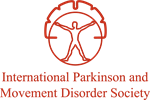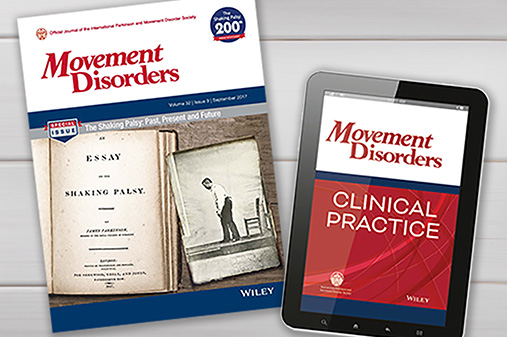
Unified Dyskinesia Rating Scale (UDysRS)
Captures the essential features of dyskinesia in Parkinson’s disease within a single scale.
Permission is required for each single use of the MDS Clinical Outcome Assessments.
The Unified Dyskinesia Rating Scale captures the essential features of dyskinesia in Parkinson’s disease within a single scale, including patient perceptions, time factors, anatomical distribution, objective impairment, severity, and disability. The scale addresses the issues clinically pertinent to physicians dealing with dyskinesia in clinical and research settings as well as the issues clinically pertinent to patients experiencing dyskinesia.
Authors: Christopher G. Goetz, John G. Nutt, Glenn T. Stebbins
Original Publication │ View the Scale (PDF) Permission required for use
- Acronym: UDysRS
- Year Published: 2008
- Scale Last Updated: August 31, 2016
- Assessment Type: ClinRO and PRO
- Estimated Time to Complete: 15 minutes
![]() Available translations: 10+ languages
Available translations: 10+ languages
![]() Eletronic builds: REDCap
Eletronic builds: REDCap
To request permission to use this Rating Scale, please fill out a Permission Request Form.
Translations
Available Translations
In Progress:
The following translations have completed Cognitive Pre-testing. For more information about the Translation Program, please reference our Protocol for Official Non-English Language Translations. Please contact ratingscales@movementdisorders.org for more information.
- Arabic
- Danish
- Dutch
- Estonian
- Serbian
- Swedish
MDS acknowledges and thanks the translation Program Leaders and contributors for the development and ongoing support of translations.
Inclusive Language in Clinical Outcome AssessmentsHealthcare providers should tailor the language used in COAs to reflect each patient’s gender identity. In grammatically gendered languages, the practice includes making appropriate linguistic adjustments to ensure communication is respectful and inclusive throughout the assessment process. |







